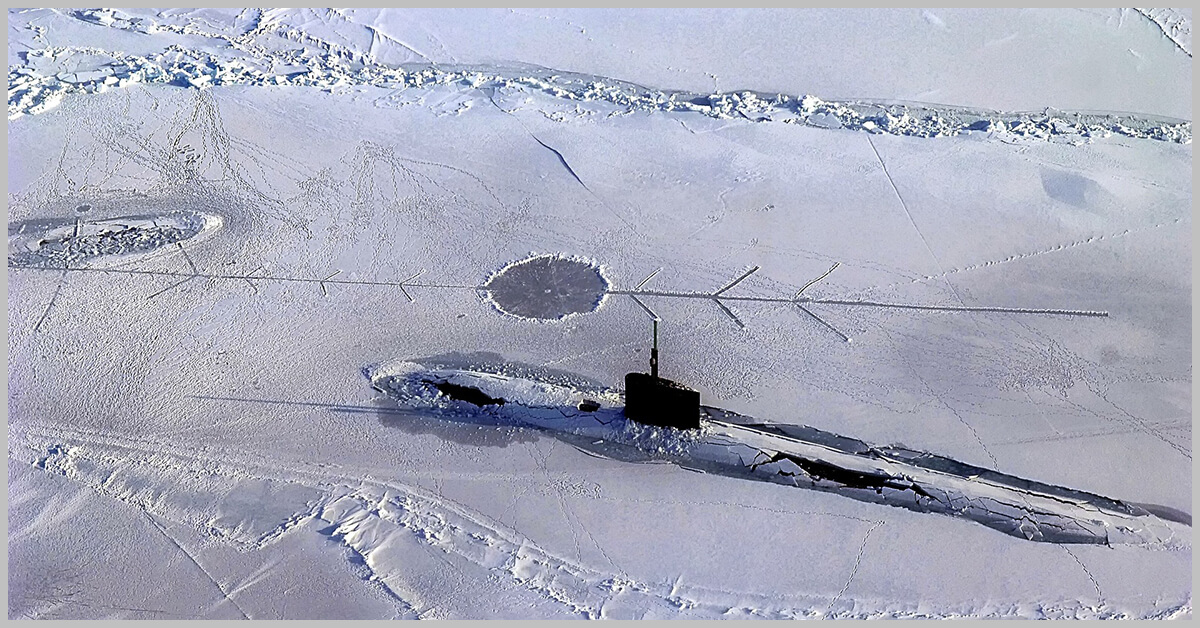Air force leaders from the United States, Sweden and Norway have highlighted the need to boost technology innovation, domain awareness and collaboration in the Arctic amid a Russian military buildup in the polar region.
In a panel discussion during the Air Force Association’s Air, Space & Cyber Conference on Tuesday, U.S. Air Forces in Europe – Air Forces Africa Commander Gen. James Hecker, U.S. Northern Command head Lt. Gen. Case Cunningham, Air Chief of the Swedish Air Force Maj. Gen. Jonas Wikman and Chief of the Royal Norwegian Air Force Maj. Gen. Oivind Gunnerud said there are plans to establish a third Combined Air Operations Center in the Arctic to enhance NATO coordination and response capabilities.
Hecker, who also serves as commander of Allied Air Command at NATO, raised concerns about Russia’s Arctic activities enabled by its ice breakers, surface vessels and other military assets. He also noted Moscow’s ability to produce drones locally, allowing it to deploy up to 90 unmanned aerial vehicles daily.
“When you add that to the cruise missiles that they already have and you look at what North Korea and Iran are providing them in the terms of ballistic missiles … it’s a threat, not only for the Arctic, but for everybody,” the general said.
The military alliance, which now has 32 member nations, is the primary deterrence against Russia, he added.
Strengthening collaboration with allies is one of the priorities of the U.S. Department of Defense’s Arctic Strategy it released in July. According to the document, working with partner countries is essential to preserving security and stability in the region, where Russian partner China also seeks increasing access and influence.


